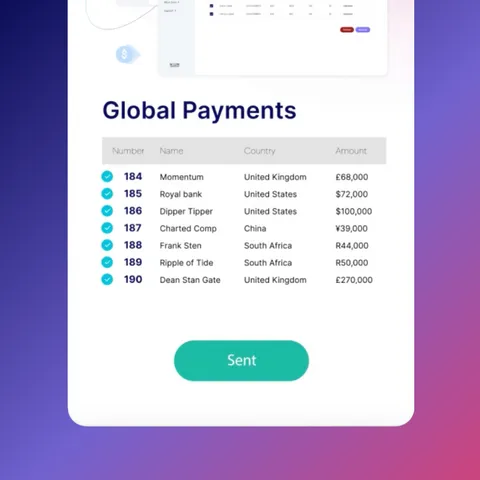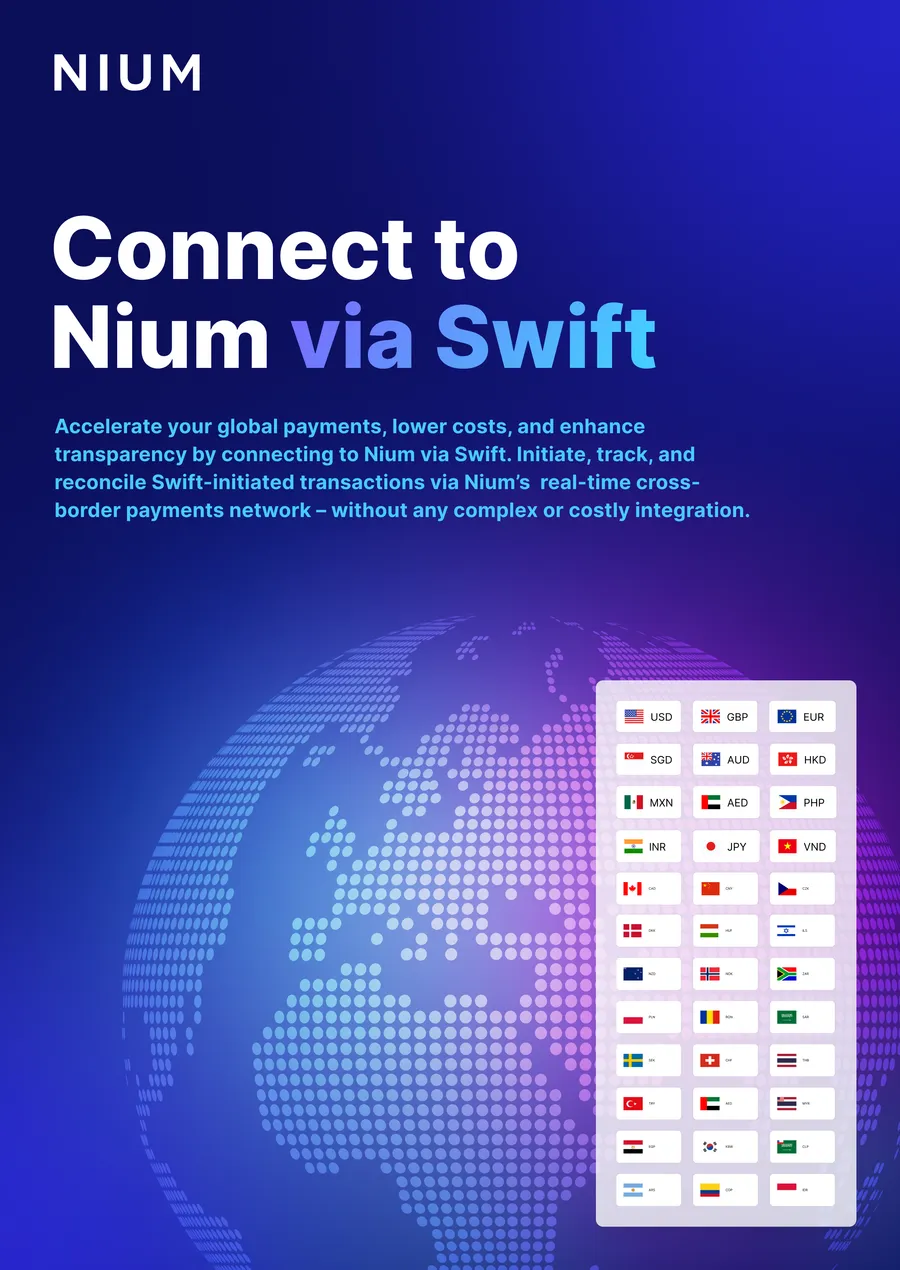By Christina Hutchinson, V.P. Business Development, LATAM
The global pandemic permanently transformed the payments landscape in Latin America. The formerly cash-dependent economies in the region went digital. Millions shopped and banked online for the first time. From my home in Brazil, I saw eCommerce and financial institutions implementing in two years initiatives that, otherwise, would have taken up to ten. In fact, because of the pandemic, domestic e-commerce reached never-before-seen heights in Latin America, growing by 121% between 2019 and 2020. In a recent study, Pymnts.com reported that digital payments in Latin America had increased 80-fold over the past two years.
Key trends that I have noticed:
- Fintechs are playing a larger role in the LATAM region. Investments in fintechs, led by financial institutions in Brazil and Mexico, reached USD $20B in 2021 – a 320% increase from 2020. Large banks partnered with or acquired fintech to accelerate digital adoption. Financial institutions are looking for new rails in global outbounds and are investing in innovation, especially when it comes to payments. Take Brazil as an example with its successful launch of PIX, an instant payment method from the Central Bank of Brazil. According to the World Economic Forum, in 2021 Pix had reached more than 100 million users–or 60% of Brazil’s adult population–and it surpassed one billion monthly transactions, effectively introducing open finance and open banking to the region.
- Increased demand for alternative payment methods. I saw people leave the traditional banks and look for alternative payment methods such as electronic wallets and crypto. A survey conducted between March and April of 2022, confirms this trend – 51% of consumers in Latin America have already made a transaction with cryptoassets. Additionally, 86% of Latino consumers have used at least one emerging payment method in the past year.
- Localization matters. This is quite a diverse region, with 20 countries in Latin America owning their own set of regulations and infrastructure. Financial services have always been highly concentrated in the top five banks in the main countries. Cash is still a relevant method of payment, and a majority of the population is unbanked or underbanked. In fact, as recently as 2020, 45% of Latin Americans do not have a bank account and roughly 80% still do not have a credit card. Understanding each country’s preferred payment methods and incorporating several localized payment methods is the key to success in LATAM.
The ecosystem will continue to demand global payment solutions (B2B companies, payroll companies, payment facilitators) with customers looking for providers to become an extension of their companies. We can disregard the new remote work business model, which came to stay, opening new opportunities for workforce operations to expand on a global scale. The world has become borderless and values the ability to do things from anywhere, anytime. In that context, the payment industry plays a key role in simplifying business expansion, streamlining global payments, and improving customer experiences as we see money movement evolve.
To learn more about how Nium can help organizations in the Latin American cross-border payments space, visit our contact us page.
About Christina Hutchinson
Based in Sao Paulo, Brazil, Christina is the Vice President of Business Development in Latin America for Nium. With over two decades of experience in financial technology and services, she is focused on expanding Nium’s presence within the region–by signing new merchants across banks, fintechs, digital and e-commerce platform verticals–and bringing Nium’s robust global payment capabilities to new parts of the market.


.png@webp)



.png@webp)
.png@webp)
.png@webp)



